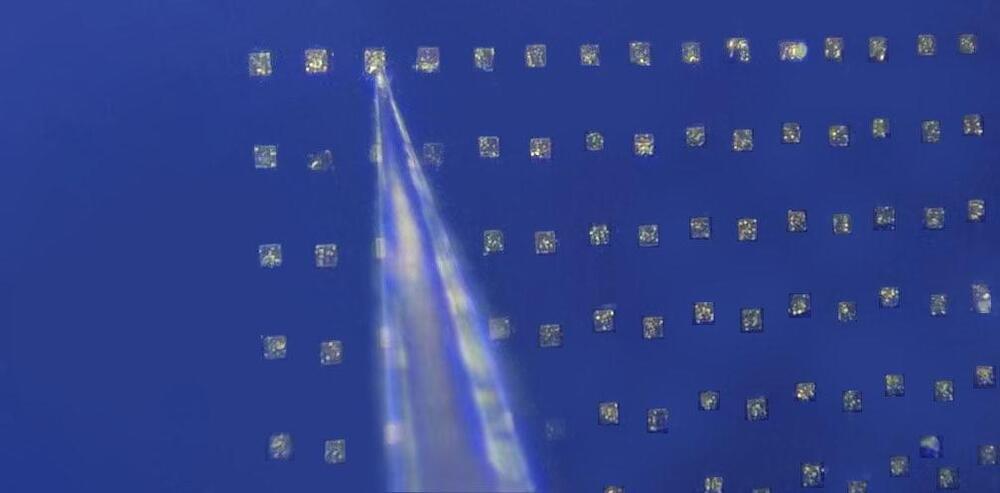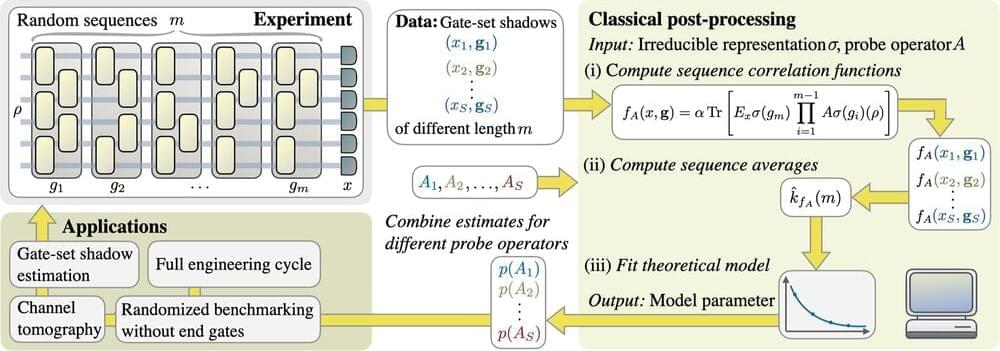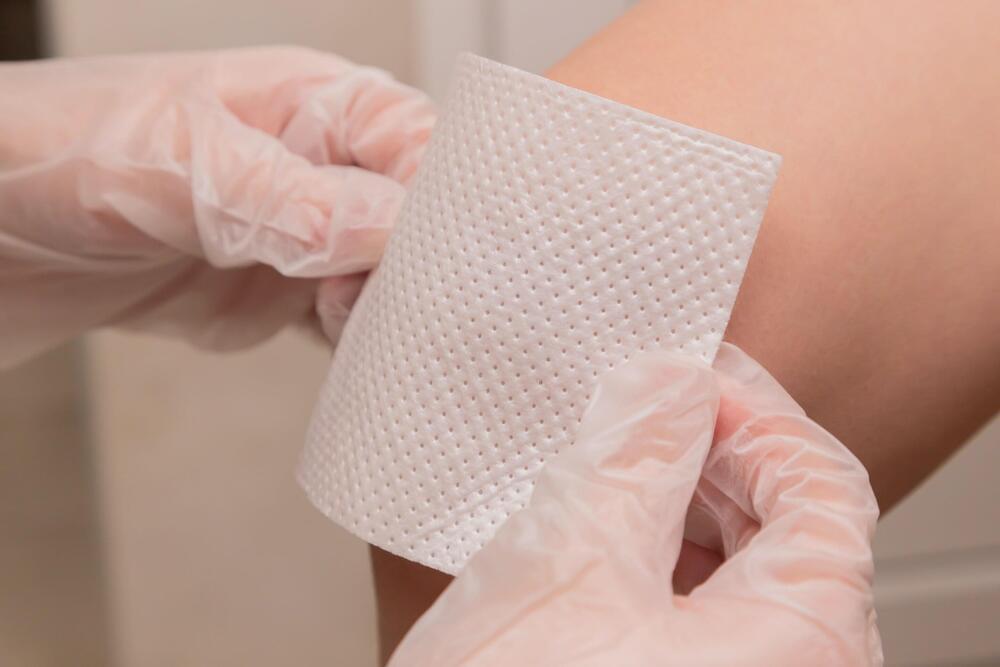Nanotechnology is without a doubt one of the most exciting future technologies, but what is it exactly? And how will it benefit mankind? Well sit back and get comfy because in todays video, we will be answering all of those questions and more!IPhone wireless charging cases — https://amzn.to/3bz0oRg.
IPhone Backup — https://amzn.to/3w8Usbj.
Wireless Earbuds — https://amzn.to/2ZTjwau.
IPhone Bargains — https://amzn.to/3jXvCGb**** Gears and Equipment we use****
1. Fully Automatic Espresso Machine — https://amzn.to/3bdHcbr.
2. Perfect Desk Chair — https://amzn.to/2ZlMNd2
3. Wireless Mechanical Keyboard — https://amzn.to/3pA71Lw.
4. Wireless DTS Headphone — https://amzn.to/3juz2Qv.
5. Vocal Microphone — https://amzn.to/2XEDsN4
6. UltraWide Monitor — https://amzn.to/3jyteWg**** Free Handy Tools YOU must try ****Tubebuddy In-depth channel/video analysis– https://bit.ly/3y0SOc6
Amazon Prime — https://amzn.to/3mb0BzG
Epidemic Music — https://bit.ly/3FDplbT
Fiverr — Freelance Marketplace — https://bit.ly/3FFARnL
Here at Future Now we aim to bring you the most informative, fascinating and engaging Technology videos on YouTube.🔔 Subscribe To Our Channel: https://bit.ly/3nRoVH8
Copyright Disclaimer:
Under section 107 of the Copyright Act 1976, allowance is made for “fair use” for purposes such as criticism, comment, news reporting, teaching, scholarship, education and research. Fair use is a use permitted by copyright statute that might otherwise be infringing. Non-profit, educational or personal use tips the balance in favor of fair use. *DISCLOSURE*
We are affiliated, but not sponsored by any product featured in this video.
Some links in the description are affiliate links to products, which means if you click on them and buy the product, we will receive a small commission.
Not being sponsored allows us to keep our own opinions and provide product reviews without bias. From the millions of products, we appreciate your support.#NanoTech #Nanotechnology #NanoTechHacking
Category: mobile phones – Page 76
Hacking into Android in 32 seconds
Samsung S7 is connected to Pixel as HID device (keyboard) that tries to brute force lock screen PIN (PoC) and then download, install and launch Metasploit pa…

Memristors make versatile artificial synapses for neuromorphic computing
Most modern computers – from primitive room-filling behemoths like the ENIAC to the smartphone in your pocket – are built according to a set of principles laid out by the mathematician John von Neumann in 1945. This von Neumann architecture, as it is known, incorporates many familiar elements, including a central processing unit, a memory for storing data and instructions, and input and output devices. Despite its ubiquity, though, von Neumann’s model is not the only way of building a computer, and for some applications, it is not the most desirable, either.
One emerging alternative is known as neuromorphic computing. As the name implies, neuromorphic computers are inspired by the architecture of the human brain and use highly connected artificial neurons and artificial synapses to simulate the brain’s structure and functions. For researchers like Le Zhao of China’s Qilu University of Technology, this neuromorphic model offers a fantastic opportunity to develop a new paradigm for computing – as long as we can develop artificial neurons and synapses that have the right properties.
In a recent paper published in Materials Futures, Zhao and colleagues describe how to use a memristor – essentially a switch that “remembers” which electric state it was in, even after its power is turned off – to emulate the function of a synapse in the brain. Here, he explains the team’s goals and plans.

Physicists develop series of quality control tests for quantum computers
Quantum technologies—and quantum computers in particular—have the potential to shape the development of technology in the future. Scientists believe that quantum computers will help them solve problems that even the fastest supercomputers are unable to handle yet. Large international IT companies and countries like the United States and China have been making significant investments in the development of this technology. But because quantum computers are based on different laws of physics than conventional computers, laptops, and smartphones, they are more susceptible to malfunction.
An interdisciplinary research team led by Professor Jens Eisert, a physicist at Freie Universität Berlin, has now found ways of testing the quality of quantum computers. Their study on the subject was recently published in the scientific journal Nature Communications. These scientific quality control tests incorporate methods from physics, computer science, and mathematics.
Quantum physicist at Freie Universität Berlin and author of the study, Professor Jens Eisert, explains the science behind the research. “Quantum computers work on the basis of quantum mechanical laws of physics, in which individual atoms or ions are used as computational units—or to put it another way—controlled, minuscule physical systems. What is extraordinary about these computers of the future is that at this level, nature functions extremely and radically differently from our everyday experience of the world and how we know and perceive it.”
Smart contact lens battery charged by human tears
The battery can be charged for up to 200 cycles and does not contain wires or toxic heavy metals.
Researchers at the Nanyang Technological University (NTU) in Singapore have devised a micrometer-thin battery that can power smart contact lenses and be charged with tears, a university press release said.
Contact lenses have long been used for vision correction. With technological advancements, companies have been working to make smarter versions, connecting to devices like smartphones and displaying information close to the wearer’s eyes. Such applications require the lenses to have an internal battery.

Android Focused Malware Could Extract Information From Calls
This post is also available in:  עברית (Hebrew)
עברית (Hebrew)
Many users who want more from their smartphones are glad to use a plethora of advanced features, mainly for health and entertainment. Turns out that these features create a security risk when making or receiving calls.
Researchers from Texas A&M University and four other institutions created malware called EarSpy, which uses machine learning algorithms to filter caller information from ear speaker vibration data recorded by an Android smartphone’s own motion sensors, without overcoming any safeguards or needing user permissions.
Qualcomm’s ‘Holy Grail’: Generative AI Is Coming to Phones Soon
The company wants its next-gen Snapdragon chips to use AI for more than just improving camera shots.

Kids Who Are Always on iPads Missing Developmental Goals, Scientists Find
Parents who limit their kids’ screen time, it seems, may be doing them a service: a new study has found that babies who spend a lot of time looking at iPads and other screens experience developmental delays.
Published this week in the Journal of the American Medical Association of Pediatrics, this new research out of Japan suggests that watching screens may limit infants’ practicing of real-life motor skills that they glean from mimicking the people near them.
In a questionnaire, the parents of the more than 7,000 kids surveyed were asked a simple question: “On a typical day, how many hours do you allow your children to watch TV, DVDs, video games, internet games (including mobile phones and tablets), etc?”
Humanoid robot Apollo could rival Tesla’s Optimus bot
The company calls it the iPhone of bots as development partners will further applications of this humanoid robot.
Texas-based Apptronik unveiled its first commercial humanoid robot designed to complement the industrial workforce by doing repetitive tasks that humans do not want to do, a press release said. The bot is pocket-friendly and aims to be interaction friendly, making it easier to work alongside humans even in some of the toughest environments, a definite competitor for Tesla’s humanoid bot Optimus.
The use of robotics in industrial workspaces is inevitable, and companies such as Amazon have already deployed them in large numbers to increase the efficiency of their operations. A … More.
Apptronik/X

New pocket-sized device for clinicians could spot infected wounds faster
It’s notoriously difficult for doctors to identify a wound that is becoming infected. Clinical signs and symptoms are imprecise and methods of identifying bacteria can be time-consuming and inaccessible, so a diagnosis can be subjective and dependent on clinician experience. But infection can stall healing or spread into the body if it isn’t treated quickly, putting a patient’s health in grave danger. An international team of scientists and clinicians thinks they have the solution: a device run from a smartphone or tablet app, which allows advanced imaging of a wound to identify infection.
“Wound care is one of today’s most expensive and overlooked threats to patients and our overall health care system,” said Robert Fraser of Western University and Swift Medical Inc., corresponding author of the study published in Frontiers in Medicine. “Clinicians need better tools and data to best serve their patients who are unnecessarily suffering.”
The scientists developed a device called the Swift Ray 1, which can be attached to a smartphone and connected to the Swift Skin and Wound software. This can take medical-grade photographs, infrared thermography images (which measure body heat), and bacterial fluorescence images (which reveal bacteria using violet light).